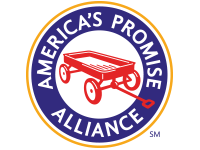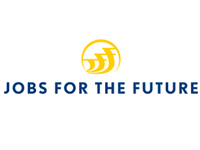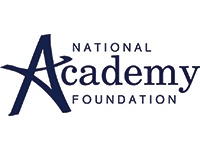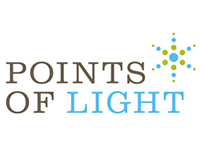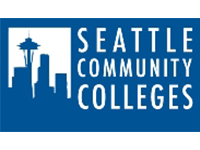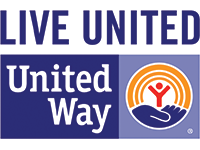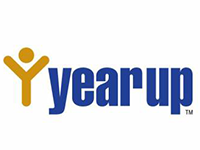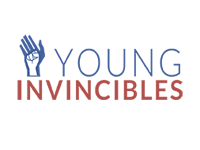Check Out the Opportunity Index at the NCVS in Chicago Next Week
•How do we know if we are creating opportunity in America? A stock market rally? Reduction in the unemployment rate? Those tell us something important about today, but little about the quality of jobs or sustainability of business gains. We feel good if high school or college graduation rates go up, but what does that tell us about the economy these graduates enter? And how do we factor in safety and the ability to solve problems with our neighbors?
Wouldn’t it be great if we had a way of looking at opportunity in a community? This coming Tuesday, I’ll be speaking in Chicago at the National Conference on Volunteering and Service to showcase a tool that does just that!
In partnership with Measure of America, Opportunity Nation developed the Opportunity Index in 2011 to frame how we discuss the opportunity gap in our nation. The Opportunity Index is a comprehensive approach to measuring access to opportunity in America by including non-economic as well as economic indicators. These indicators tell us about where we stand today, and our ability to prepare for success tomorrow. The result is a tool that helps people identify concrete solutions to complex problems.
When a young person grows up in a community with less access to doctors, early education or decent schools, the ladder of mobility is missing important rungs. Or if you have been laid off, trying to find a job in a community with double-digit unemployment, few banks to help you start your own business and limited internet access, the chances for economic security are fewer. The Index measures all of those, and is a tool that our 250+ coalition members (including Points of Light) and 100 grassroots leaders have been using to better understand and strengthen their communities.
There are stark differences between states and communities in America, for example in Nevada only half of freshmen who graduate in four years, while it is nearly 9 in 10 of those in Wisconsin and Vermont.
Most people associate opportunity with jobs and wages, but neither the unemployment rate nor median household income are among the indicators that correlate most strongly with the overall Index. The indicator with the strongest correlation with the final Opportunity Score is the percentage of teenagers not in school and not working. Those with a high percentage of disengaged youth had lower scores. This has helped our campaign decide to focus on making sure that young adults can get a foothold into the labor market or post-secondary education.
I am excited about coming to Points of Light’s National Conference on Volunteering and Service in Chicago next week to participate in the Economic Opportunity Track with The Opportunity Index: Using Data to Tackle Community Problems and talking about how we translate the Index into action that volunteers around the country can take. When we know what the goal is, and how volunteers can contribute to reaching it, engagement can be even deeper.
To check out our findings, and see how your community fares, visit www.OpportunityIndex.org and join me next week at Session #3095 on Tuesday from 2:30pm – 4:00pm.

